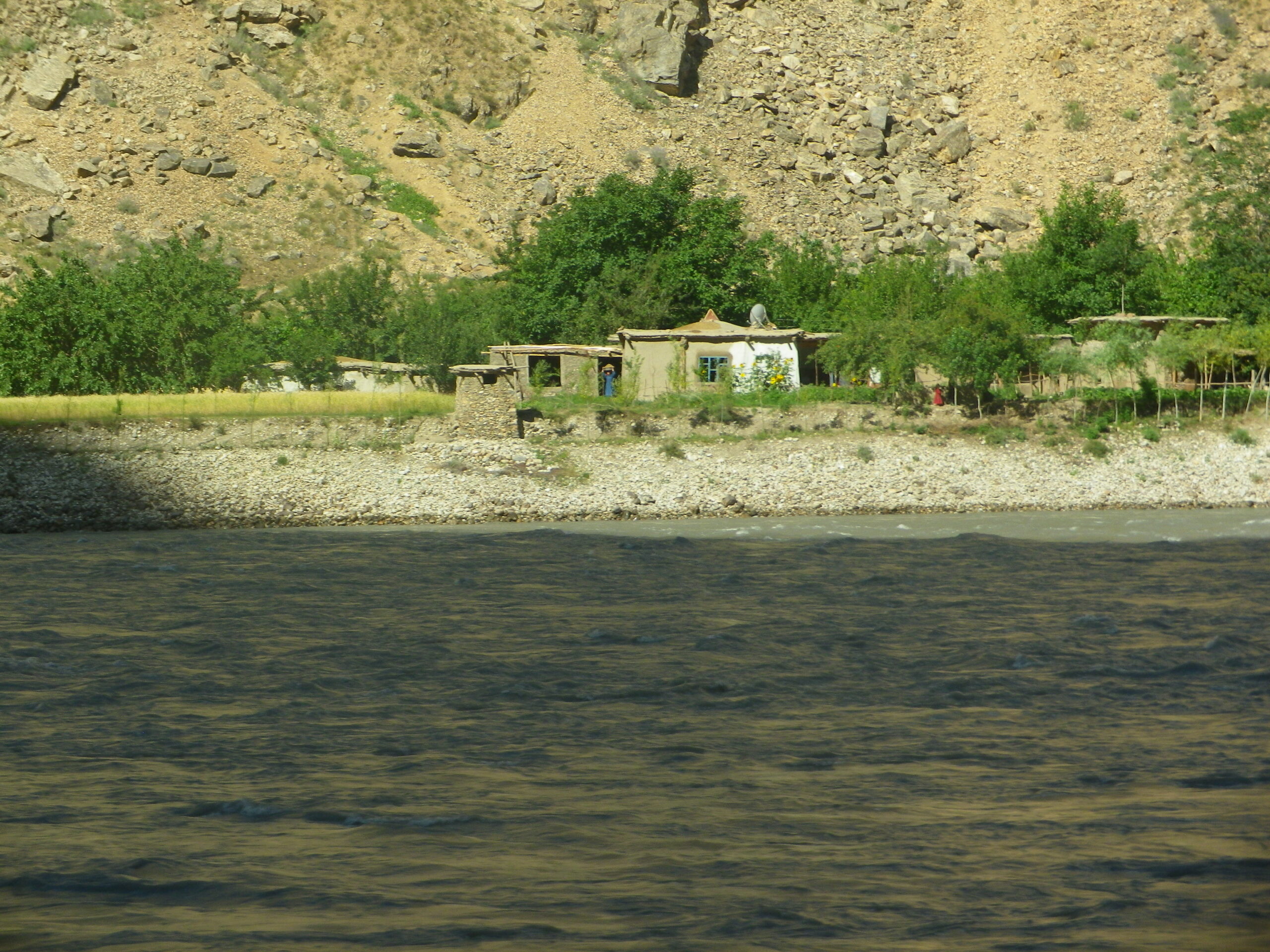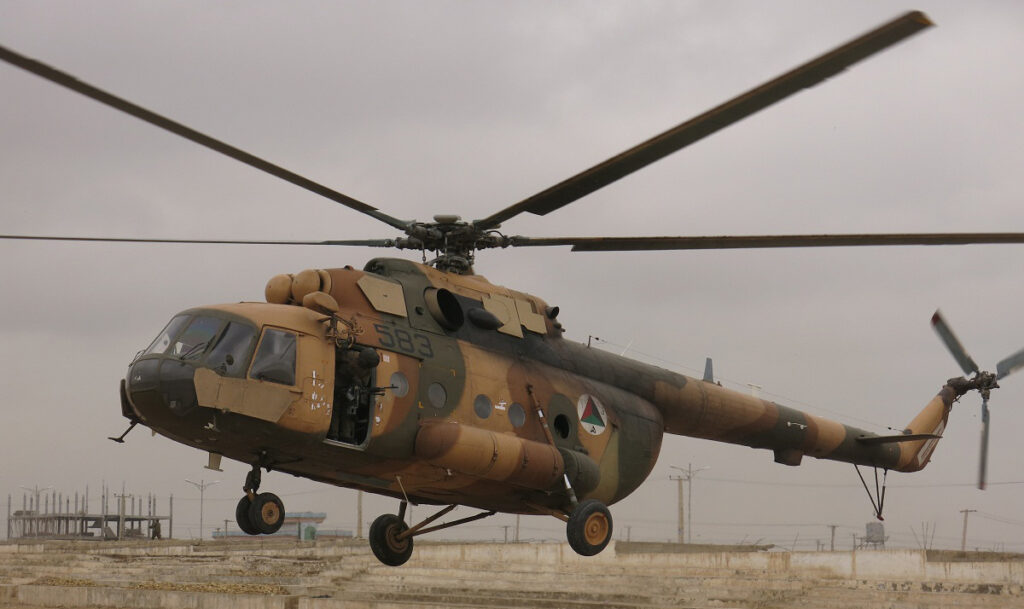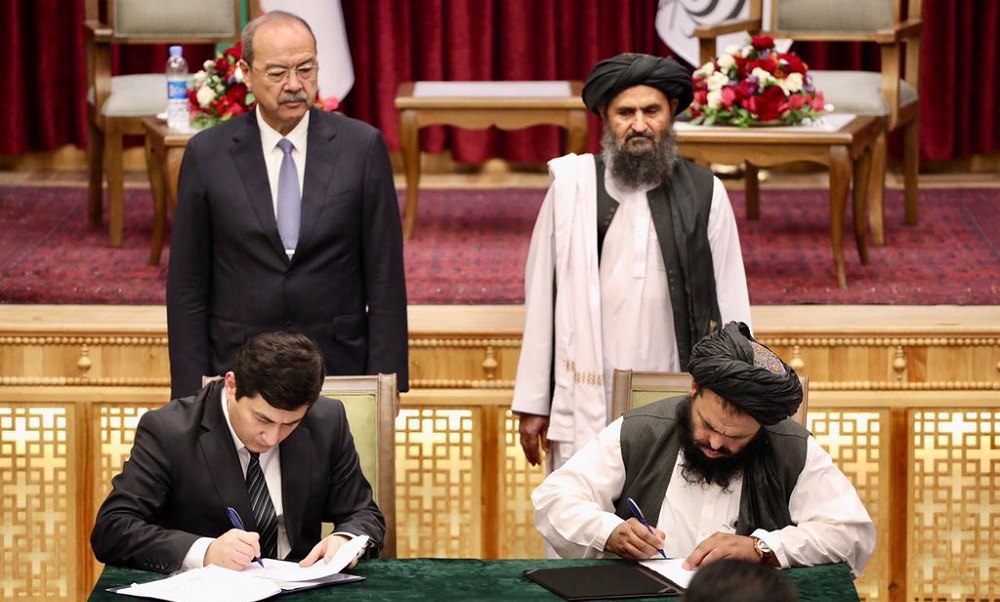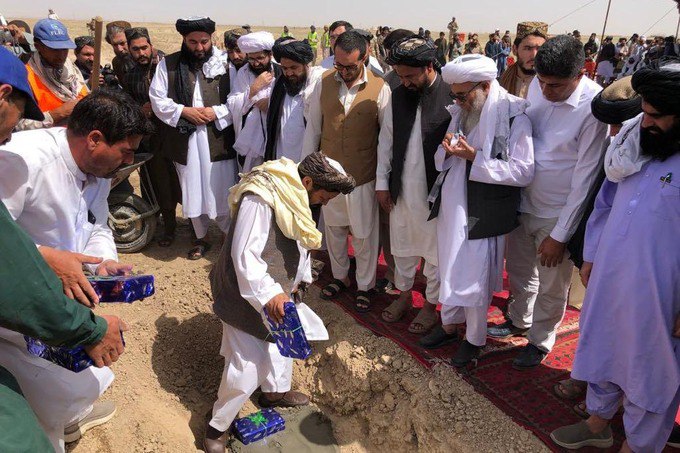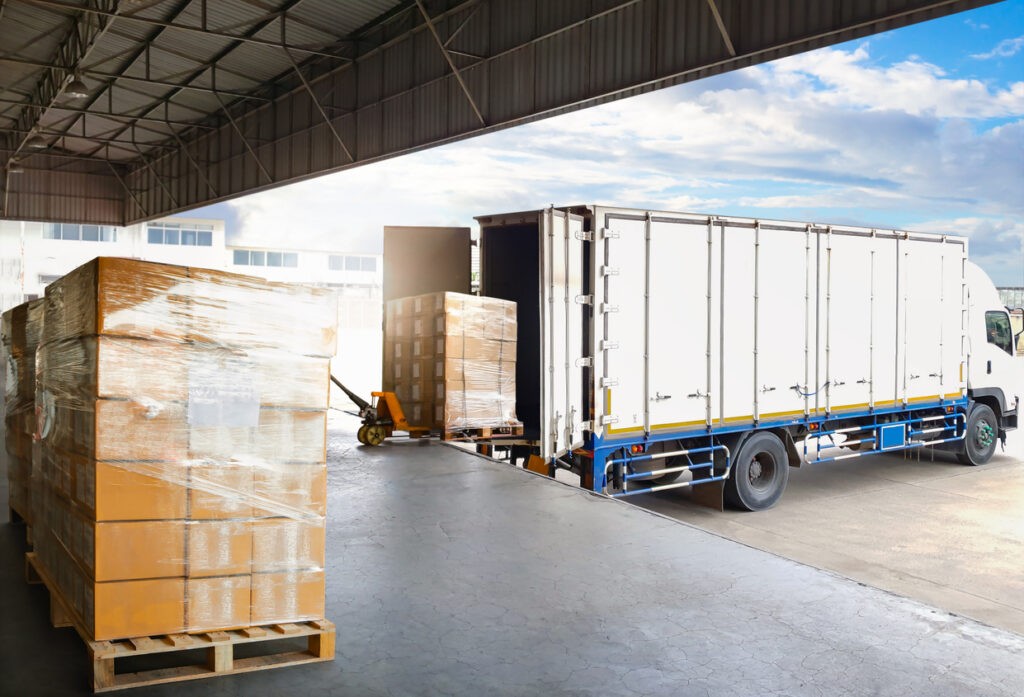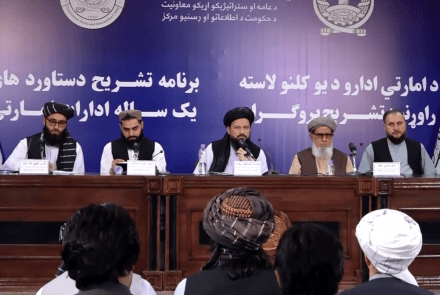The process of making Afghanistan an independent economic entity that can work constructively within globally accepted economic standards and formats will require addressing pressing security issues as well as strengthening regional partnerships and cooperation. In the long term, this will not only benefit the people of Afghanistan but also its neighbors, as well as the Central Asian republics, who still need to realize their full transit and transport potential to best respond to the world’s changing needs in a new geopolitical environment.
While there is currently emphasis on increasing bilateral trade, this in itself will not cure the economic and other problems ailing Afghanistan. Strategic infrastructure projects, in particular, will play a key role in ensuring the long-term economic stability of this country. The Taliban Government is already reaching out to regional neighbors in a new way since it regained power in 2021. Some of the existing regional cooperation structures can be molded to provide a platform for dialogue and collaboration with Afghanistan. Modern realities dictate to the region the need to quickly overcome existing differences in intra-regional relations and create a new model. To this end, the states in the region surrounding Afghanistan should build a system of coordinated and cohesive measures and approaches with security as a key consideration, bringing Afghanistan into the fold to serve mutual interests through regional development.
Rapprochement or a de facto relationship with regional states?
Recently, the Taliban Government in Afghanistan has been fairly successful in developing cooperation with neighboring countries. It seems that, as opposed to focusing solely on isolation from the West, the current regime has chosen to start actively establishing ties with states in the region, placing the main emphasis of their foreign policy on regional governments who are more interested in pragmatism than ideological prerequisites when it comes to their affairs with Afghanistan.
If, for Pakistan and Iran, various forms of cooperation with Afghanistan are historically understandable, then for the Central Asian republics, the Taliban’s openness to broader dialogue, along with the promotion of mutual economic interests, allows for the prospect of transforming the whole region into a fully-fledged, self-sufficient collective unit within the larger global system. To achieve this, Central Asian countries must still overcome narratives of the past, develop common approaches (including through regional formats), and practically see Afghanistan as a genuine partner.
In the meantime, states in the region are largely acting intuitively rather than with a calculated strategic depth, or strictly weighing the benefits of building trade relations with Afghanistan’s new authorities. That said, regional players still follow different vectors and act according to their own circumstances despite a common desire to see a stable neighbor in Afghanistan.
For Islamabad, for instance, the main trigger in relations with Kabul is the Pakistani Taliban, known as Tehrik-e-Taliban Pakistan, or TTP. Tehran, on the other hand, seeks to protect the Shiite minority in Afghanistan and see their participation in an inclusive government, but at the same time, builds dialogue with the Taliban, including on border security issues. The border security aspect is also particularly relevant for the Central Asian republics, although they often try to address this in the context of trade relations, the prospects for which are admittedly limited.
Crossing a milestone
Afghanistan’s neighbors cooperate with the country’s de facto authorities to ensure their various interests, including security and stability, given the geo-economic importance of this country. But common interests alone are not enough for safeguarding long-term security and stability. As geopolitical conditions change, the countries surrounding Afghanistan need to act in a united paradigm.
The approach to Afghanistan cannot be limited to increasing bilateral trade, and in any case, trade itself is not a panacea to the economic and other problems ailing the country. The real impetus for starting the economic stabilization of Afghanistan is through strategic infrastructure projects, which are widely discussed in the region but are hampered by serious challenges, primarily the security situation.
At least the regional situation surrounding Afghanistan has become more predictable and stable than previously expected. Developing international relations further should not solely be the responsibility and/or the prerogative of Taliban’s Islamic Emirate. In response to the Taliban’s advances, regional states can and should build their own system of coordinated and cohesive measures and approaches whereby security is a key consideration, including in the context of prospective infrastructure projects in Afghanistan.
It is this new milestone that needs to be overcome in order to prove the competitiveness of a regional format for solving the problems not only in Afghanistan but in Eurasia at large.
Emphasis on regional interests and cooperation
The reality of the modern world economy represents a shift in the center of gravity from developed to developing countries. As a result of the rapid growth of the latter group, the world is undergoing a process of restructuring, leading to the manifestation of regional integration partnerships.
The countries of Central Asia have the political potential and economic resources to overcome challenges in this changing environment. The degree of their overall integration allows them, at the very least, to establish a common dialogue on the most pressing agenda items involving such problems as joint water use, energy, infrastructure and investment projects, and the optimization of existing and future transport and logistics corridors.
Afghanistan can become a unifying factor for the countries of the region and serve the interests of regional development. The prerequisites for this have already been laid within the framework of the Consultative Meetings of the Heads of State of Central Asia.
Today’s realities mean the countries of the region need to rapidly overcome their differences and create a new model, the external supports of which, especially in the context of security, can be found in the existing formulas of regional organizations, including the Shanghai Cooperation Organization (SCO), Organization of Turkic States (OTS), Conference on Interaction and Confidence Building Measures in Asia (CICA), Organization of Islamic Cooperation (OIC), Collective Security Treaty Organization (CSTO), and the C5+ format of Central Asian countries.
In this context, the SCO has become a key platform for discussing a wide range of issues in the Eurasian space over the past two decades. Afghanistan is a de jure observer in the SCO and its new authorities are demonstrating a willingness to strengthen their interaction with it. At the present stage, the Shanghai Union is already a structure capable of practically implementing multilateral measures in the field of regional security.
Afghanistan remains a member of CICA, which can be used as another platform for dialogue. This organization is undergoing a process of transformation into a fully-fledged regional international organization and is able to provide flexibility and adaptability to take into account the changing circumstances and needs of its parties.
Another structure uniting the region is the Organization of Turkic States. Among other things, its growing role in the international arena is apparent in the intention to develop specific mechanisms aimed at preventing the weakening of the provision of humanitarian assistance to the Afghan people and solving acute social problems in this country.
The need for a unified approach
The existential need to realize the transit and transport potential for all of Central Asia propels a desire to join forces. In this regard, the question arises once again of the possibility of creating a unifying platform, for instance a “C5+Afghanistan” (C5+A) structure, with Afghanistan at its core regardless of the existing political regime there. This formula, with the support of other external pillars mentioned above, will positively serve the process of building Afghanistan as an adequate economic entity that can work inside generally accepted economic standards and formats.
In the short term, the region will need to focus on internal security issues in Afghanistan. In this area, it is necessary to bring the Taliban to the table for a sustainable and rational dialogue with the involvement of Iran, Pakistan and international structures. It is important to encourage the Islamic Emirate to move away from claims of “success in the fight against terrorism” towards a more transparent position based on the inclusion of countries in the region in a security dialogue on bilateral and multilateral bases.
The fact that these steps will ensure the political stability of the regime of Taliban’s Islamic Emirate may be off-putting for the West. On the other hand, it is apparent that the resolution of pressing issues in Afghanistan and the region cannot be achieved solely through prohibitive actions such as imposing sanctions, restrictions, and blockades. A lasting and comprehensive solution requires peaceful and wide-ranging systemic measures involving regional levers of assistance rather than relying only on coercion.
The first step is to accept that Afghanistan and Central Asia are inextricably linked to each other in all dimensions and that Afghanistan can give impetus to further strengthening integration processes. The joint coordinated steps of the five Central Asian republics with regard to Afghanistan can ultimately become the basis for devising ways and realizing prospects for further integration to the benefit of the entire region.
Aidar Borangaziyev is an Open World Foundation expert and a consultant for the Investment Group, ACME.
